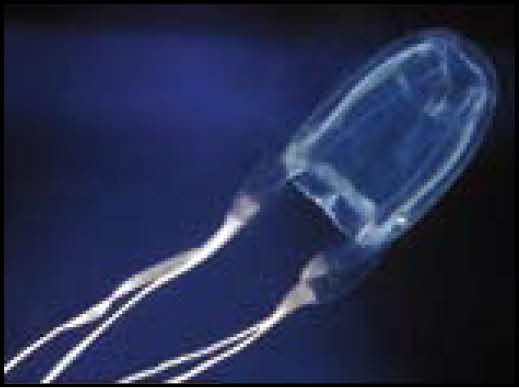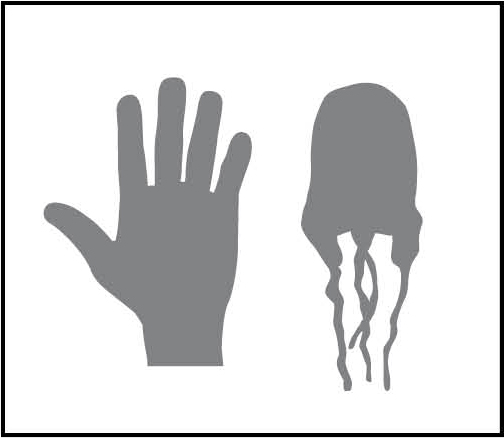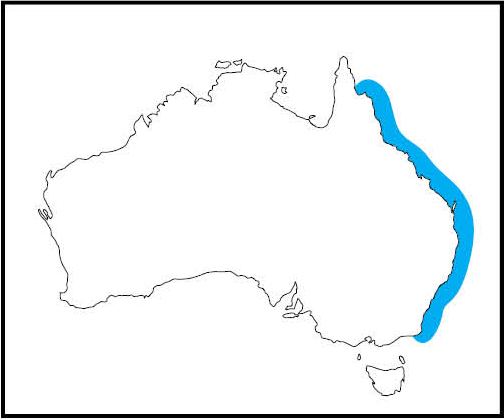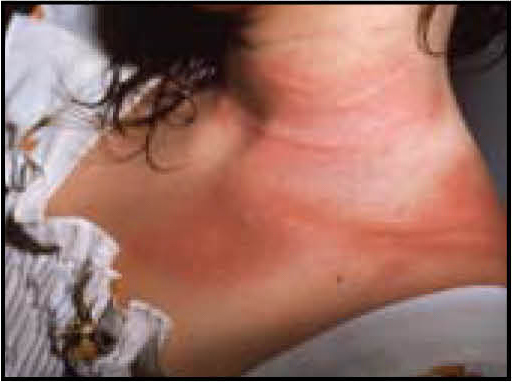Fire Jelly, Moreton Bay Stinger

Morbakka fenneri
Fire Jelly, Moreton Bay Stinger

Morbakka fenneri
Large transparent box-shaped bell with one tentacle in each corner. The bell can be 6-18cm wide with 4 thick, ribbon-shaped tentacles that may be up to 1m long.

Size relative to human
Tropical Australian waters, all Queensland and northern New South Wales coasts, often an open water jellyfish. Sub-species are more common at Mackay, Moreton Bay and northern New South Wales.

Distribution in Australian waters
Tropical Australia - North of Agnes Water
Non-tropical - South of Agnes Water

Morbakka sting
The name Morbakka is derived from ‘Moreton Bay Carybdeid’ because it was originally discovered in Moreton Bay. Morbakka fenneri is a type of Irukandji jellyfish, which are a subset of the carybdeid jellyfish.